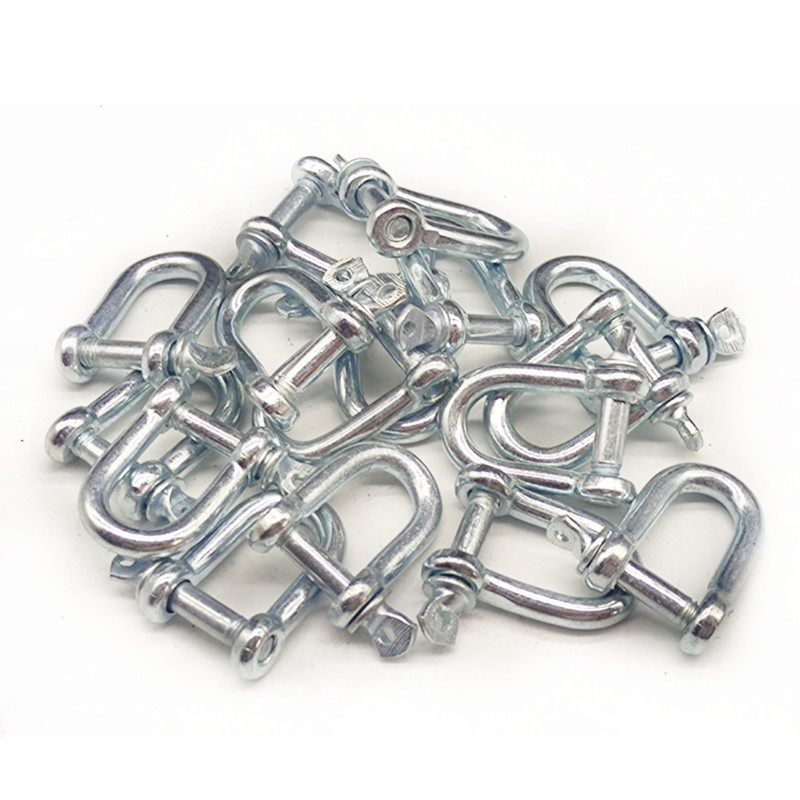News
Okt . 03, 2024 00:38 Back to list
Different Varieties of Rigging Hooks and Their Applications in Various Industries
Understanding Different Types of Rigging Hooks
Rigging hooks are essential components in lifting and hoisting systems, widely used in construction, shipping, and various industrial applications. Their primary function is to secure and lift heavy loads safely. As safety and efficiency are paramount in any rigging operation, understanding the different types of rigging hooks available is crucial for selecting the right equipment for specific needs. In this article, we will explore various types of rigging hooks and their features.
1. Sling Hooks
Sling hooks are perhaps the most common type of rigging hook. Designed to attach to slings made of chain, wire rope, or webbing, these hooks come in various sizes and load capacities. The design often includes a latch that helps prevent accidental disengagement, making them ideal for lifting operations. Sling hooks are versatile and can be used in tandem with other rigging components such as shackles and eye bolts.
2. Clevis Hooks
Clevis hooks are specially designed to create a secure connection to a rigging assembly. They feature a clevis pin that allows for a quick and sturdy attachment. Often used in lifting applications, these hooks can accommodate various types of slings and chains. Clevis hooks are known for their strength and reliability, making them a popular choice in heavy-duty applications.
3. Swivel Hooks
types of rigging hooks products

Swivel hooks are unique due to their ability to rotate a full 360 degrees, enhancing maneuverability during lifting. This feature prevents twisting of the sling or lifting apparatus, allowing for more precise load placement. Swivel hooks are frequently used in applications where the load may need to be repositioned while suspended, such as in construction sites or shipyards.
4. Safety Hooks
Safety hooks are designed with additional safety features to prevent accidental unhooking. These hooks typically have a locking mechanism that secures the load in place. Safety hooks are particularly useful in environments where load stability is crucial, minimizing the risk of drops or accidents. They are often employed in both industrial and recreational settings to ensure maximum safety during lifting tasks.
5. Snap Hooks
Snap hooks are lightweight and designed for quick connections. They feature a spring-loaded latch that ensures a secure grip when attaching to a load or another rigging component. Snap hooks are commonly used in lighter applications, such as securing cargo in transportation, and are valued for their ease of use and versatility.
Conclusion
When choosing rigging hooks for any application, it is vital to consider factors such as load capacity, safety features, and the specific requirements of the task at hand. Each type of rigging hook has its unique advantages, making them suitable for different lifting and rigging scenarios. By understanding the various types of rigging hooks available, operators can make informed decisions that enhance safety and efficiency in their operations. Whether you’re involved in heavy industrial lifting or light-duty applications, selecting the right hook is crucial for successful rigging.
